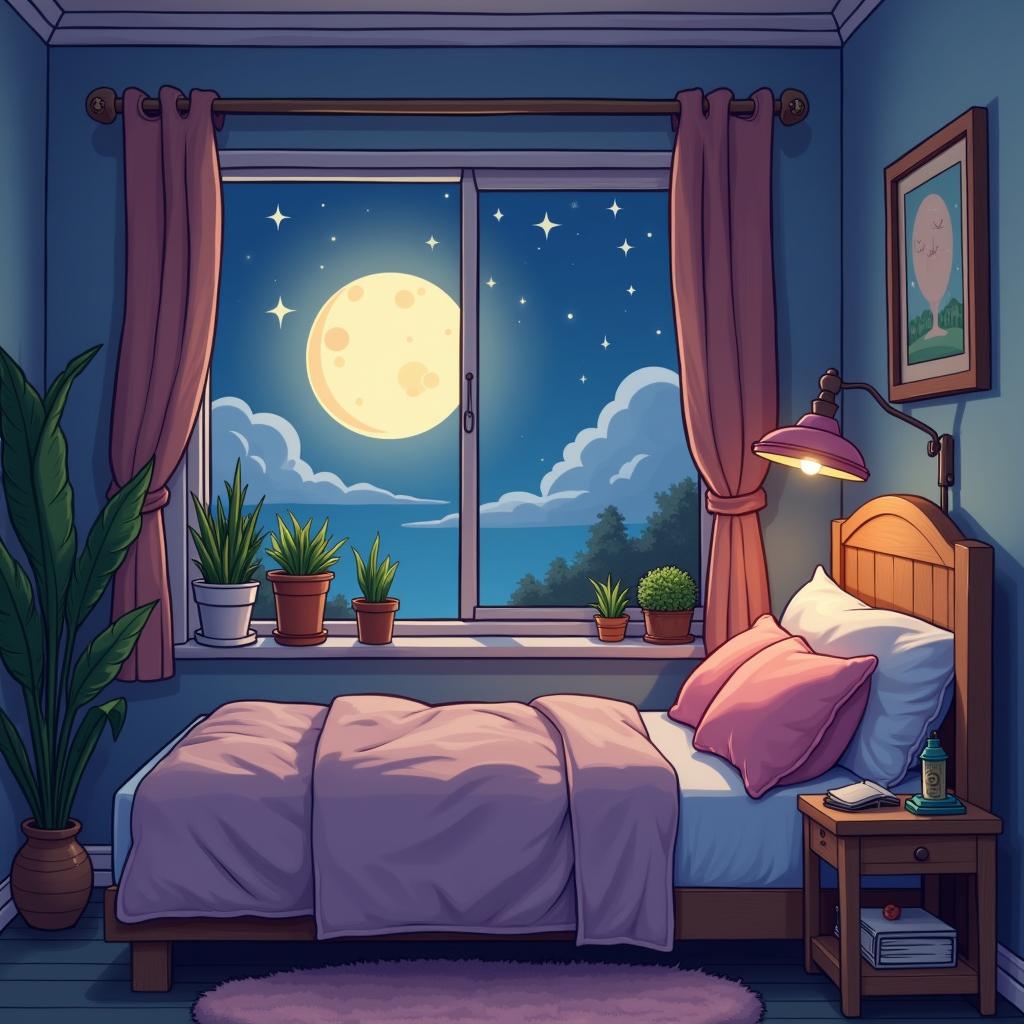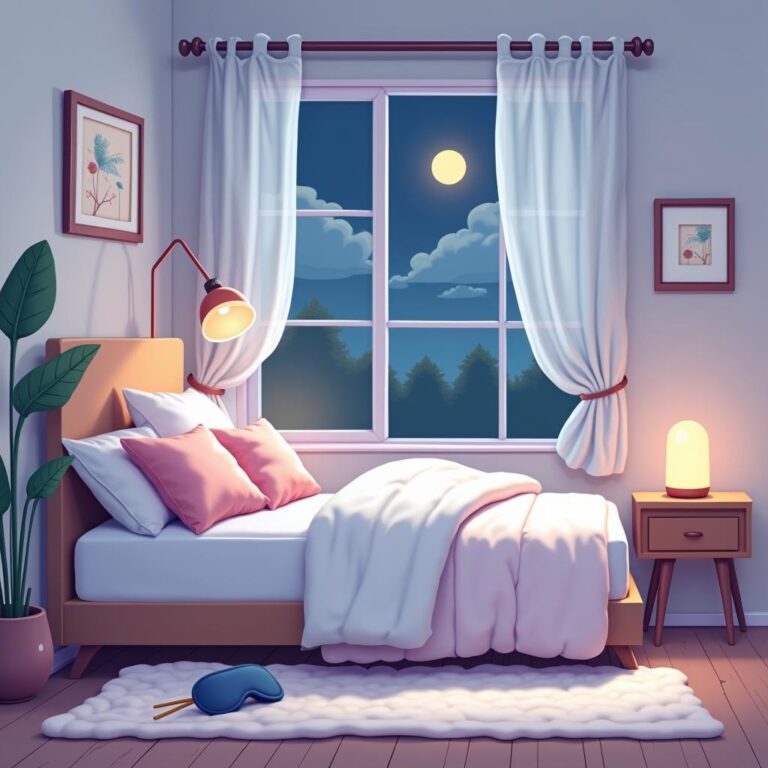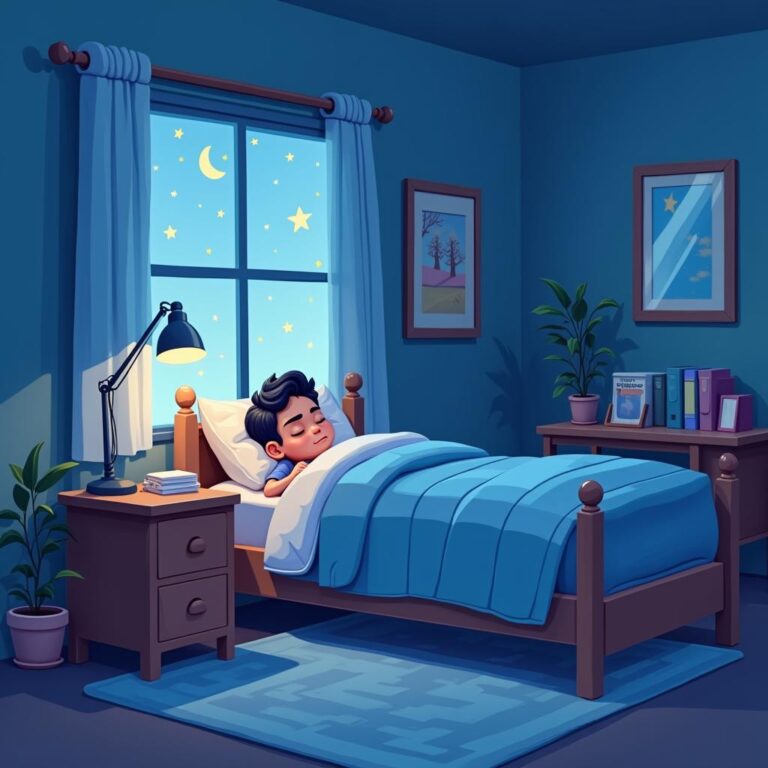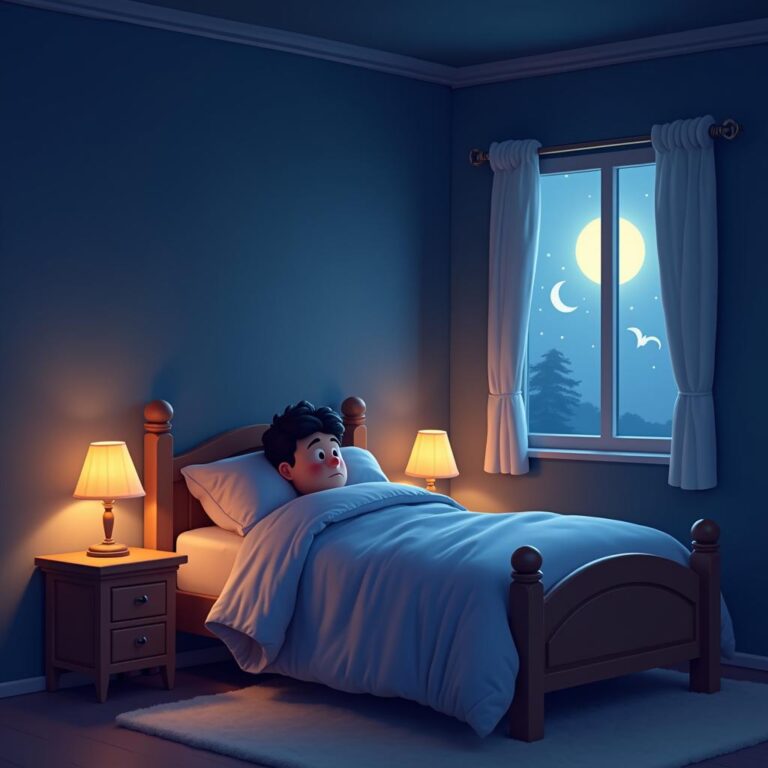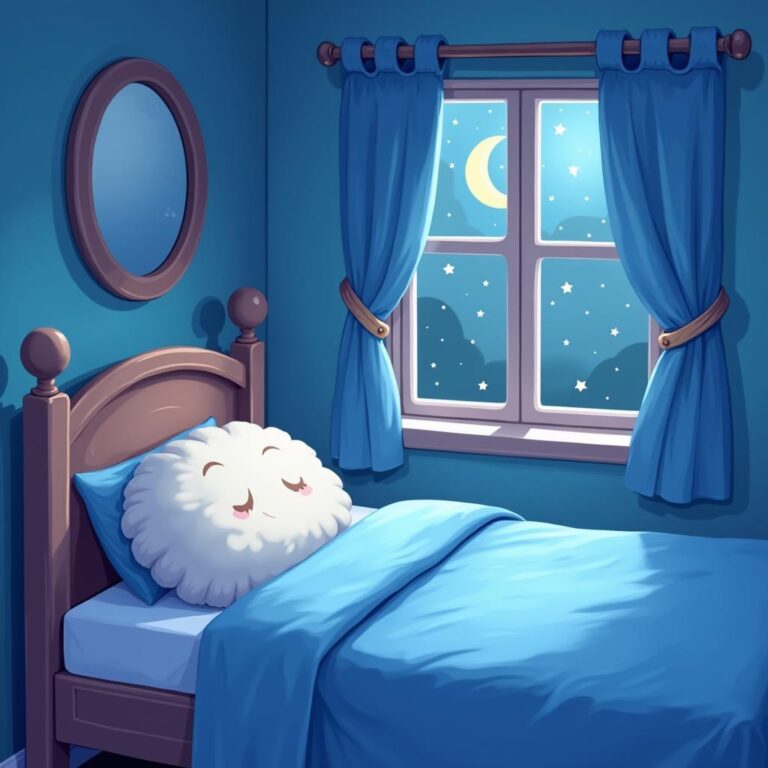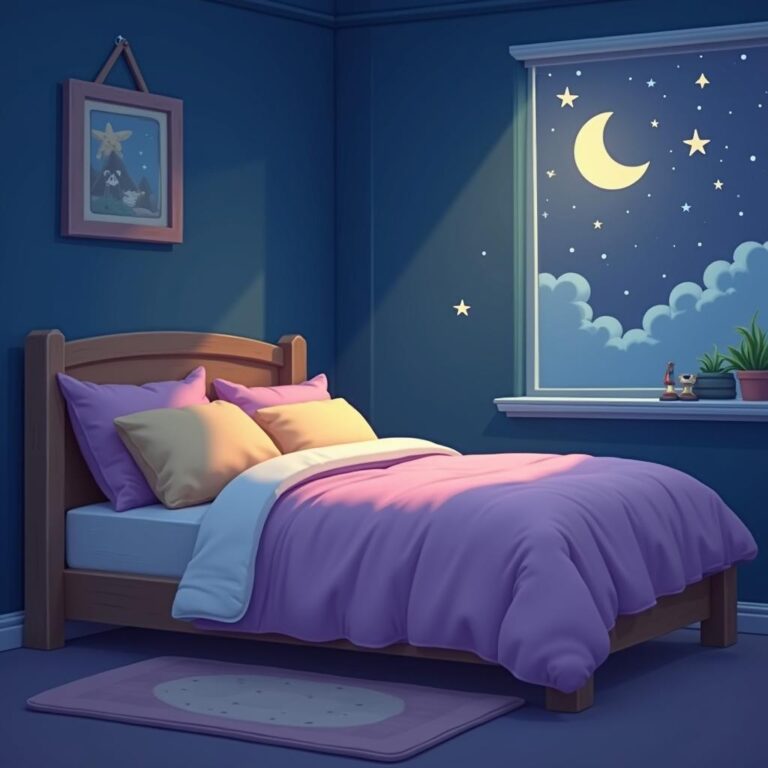Getting a good night’s sleep is essential for maintaining overall health and well-being. One of the most crucial factors influencing sleep quality is the sleep environment. In this article, we will explore how to create the ideal sleep environment that promotes restful and rejuvenating sleep.
Understanding the Importance of a Sleep Environment
Your sleep environment directly impacts your ability to fall asleep and stay asleep. Factors such as light, noise, temperature, and comfort all play significant roles in creating an atmosphere conducive to sleep. Making adjustments to these elements can greatly enhance your sleep quality.
1. Control Light Levels
Light significantly affects your body’s circadian rhythms, influencing production of melatonin, the hormone responsible for sleep. Here are some tips on how to control light levels:
- Block Out External Light: Use blackout curtains or shades to eliminate outside light sources. This is particularly important if you live in an area with a lot of streetlights or if the sun rises early.
- Limit Artificial Light: Reduce exposure to screens (phones, TVs, computers) at least an hour before bed. The blue light emitted from these devices can inhibit melatonin production.
- Use Dim Lighting: In the hours leading up to bedtime, use soft, dim lights in your living space to signal to your body that it’s time to wind down.
2. Maintain a Comfortable Temperature
The temperature of your bedroom can greatly affect your sleep quality. Here’s how to create a comfortable sleeping environment:
- Ideal Temperature: Aim for a bedroom temperature between 60 to 67 degrees Fahrenheit (15 to 19 degrees Celsius). This range is generally considered optimal for sleep.
- Use Breathable Bedding: Choose natural fibers like cotton or bamboo for your sheets and pajamas to help regulate body temperature throughout the night.
- Adjust for Season: Use fans or air conditioning in the summer and extra blankets in the winter to maintain a comfortable sleeping temperature.
3. Minimize Noise Distractions
Noise can interrupt your sleep cycle, leading to fragmented sleep. Here are some effective ways to minimize noise in your sleep environment:
- Soundproofing: Consider soundproof curtains or double-glazed windows if you live in a particularly noisy area.
- White Noise Machines: Use a white noise machine or a fan to create a consistent ambient sound that can mask disruptive noises.
- Quiet Nighttime Habits: Encourage quieter household activities in the hours leading up to bedtime, such as low-volume conversations and turning off loud appliances.
4. Invest in a Quality Mattress and Bedding
Your mattress and bedding play a critical role in your overall sleep quality. Here are some recommendations:
- Choosing the Right Mattress: Your mattress should be comfortable and supportive. Consider your sleeping position (back, side, stomach) and choose a mattress that accommodates your needs, whether it’s memory foam, innerspring, or a hybrid.
- Comfortable Pillows: Choose pillows that provide proper neck and head support. The ideal pillow depends on your sleeping position. Side sleepers generally benefit from thicker pillows, while back sleepers may prefer thinner options.
- Quality Bedding: Invest in soft, breathable sheets and blankets to enhance your comfort level and create a cozy atmosphere.
5. Create a Relaxing Atmosphere
Establishing a calming environment before bed can signal to your body that it’s time to sleep. Here’s how to create a soothing atmosphere:
- Sleep-Inducing Scents: Use essential oils such as lavender or chamomile in a diffuser or as a pillow spray to help promote relaxation and calmness.
- Declutter Your Space: A tidy bedroom can help reduce stress and improve your mental state. Keep the space minimal and organized for a more tranquil environment.
- Incorporate Calming Colors: Choose soft, neutral colors like blues and greens for your bedroom decor to create a serene and peaceful atmosphere.
6. Establish a Sleep Routine
Consistency is key when it comes to promoting better sleep. Developing a bedtime routine can significantly contribute to creating the ideal sleep environment:
- Set a Sleep Schedule: Go to bed and wake up at the same time every day, even on weekends. This helps regulate your body’s internal clock.
- Wind-Down Time: Set aside 30-60 minutes before bed to engage in relaxing activities, such as reading or meditation.
- Avoid Stimulants: Steer clear of caffeine, nicotine, and heavy meals close to bedtime as they can disrupt your ability to fall asleep.
7. Personalize Your Sleep Environment
Everybody’s ideal sleep environment may differ. Adjust your sleeping space according to your preferences:
- Use Personal Items: Surround yourself with comforting items, such as favorite blankets or photographs that evoke positive memories.
- Include Soothing Sounds: If white noise isn’t your thing, consider apps or playlists with nature sounds or calming music to help you drift off.
- Experiment: Don’t hesitate to try different arrangements or adjustments until you find a combination that works best for you.
Conclusion
Creating the ideal sleep environment is essential for improving sleep quality and overall health. By controlling temperature and light levels, minimizing noise, investing in quality bedding, creating a relaxing atmosphere, and establishing a consistent sleep routine, you can develop a space that encourages restful sleep. Remember, your sleep environment should be personalized to meet your specific needs, allowing you to enjoy the restorative benefits of a good night’s sleep.

